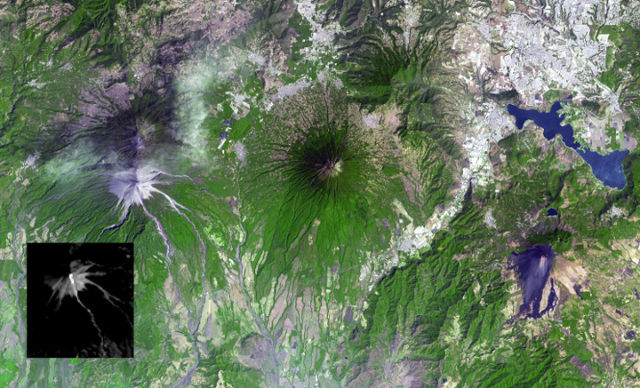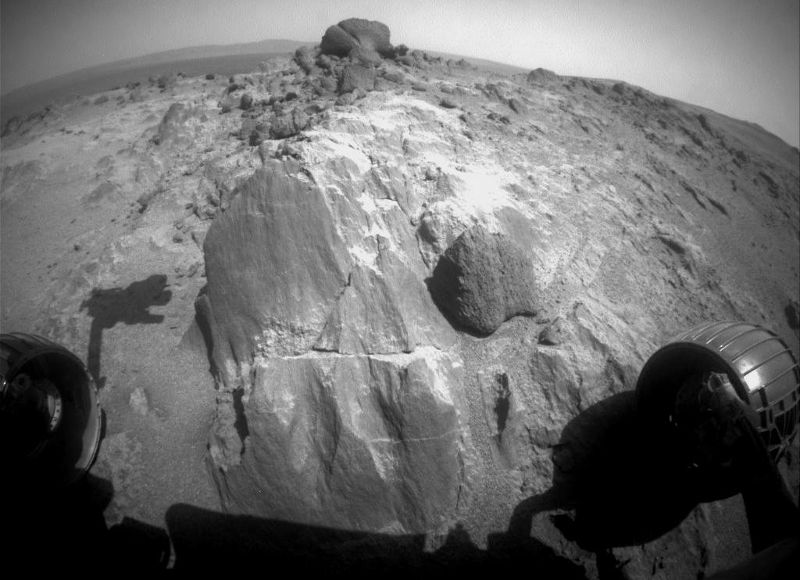
Iapetus is an interesting satellite of Saturn in that it has both a light side and a dark side – a yin and yang. Italian mathematician, astronomer, engineer, and astrologer Giovanni Cassini was first to observe the dark-light difference when he discovered Iapetus in 1671. So it is fitting that this picture was taken by the space exploration mission partly named after him (Cassini-Huygens). The narrow angle camera on the Cassini orbiter took this photograph of Iapetus from a distance of approximately 4 million kilometers.


